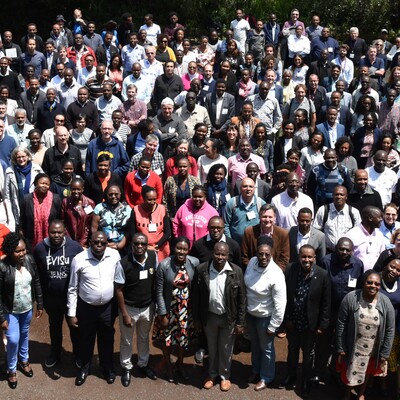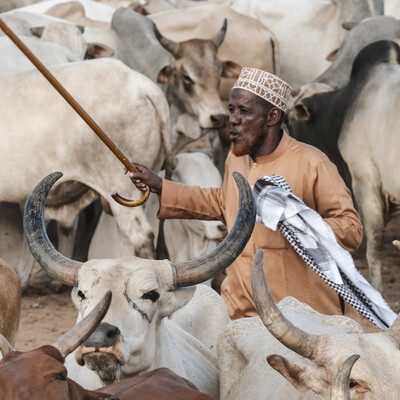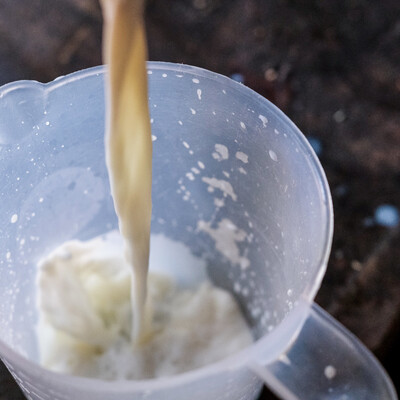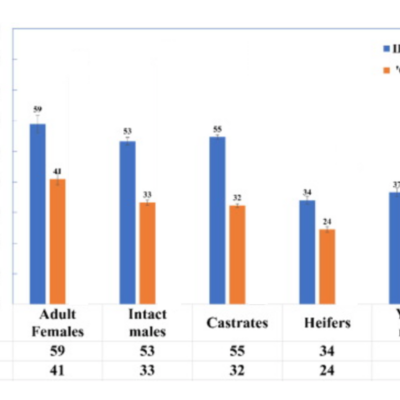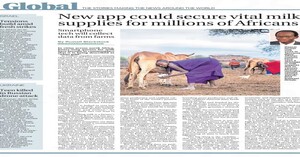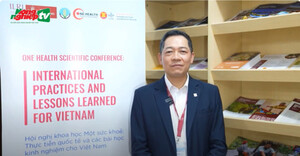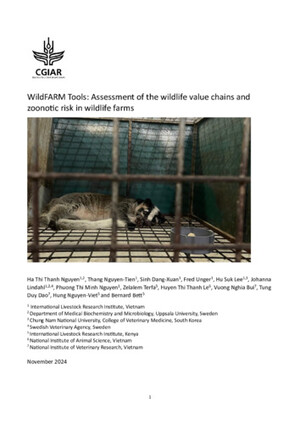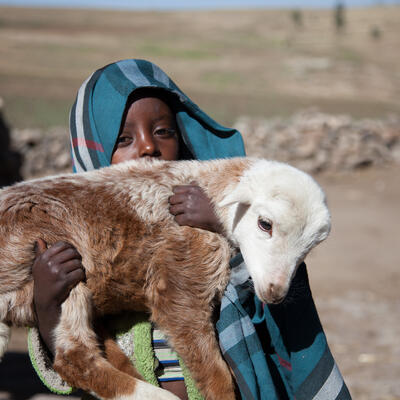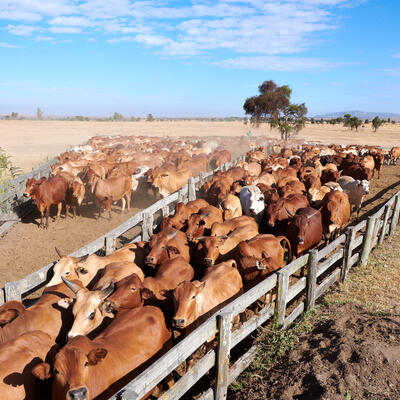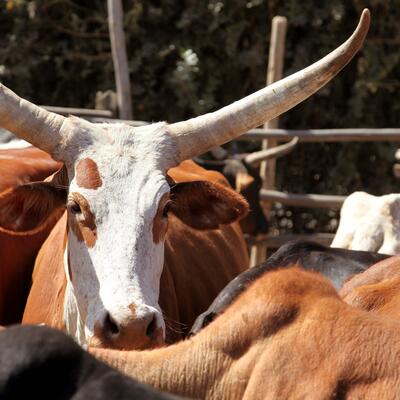
sWGA: Spotting a needle in a haystack!
Written by: Samuel Oyola
The advent of genomics and associated technologies have revolutionized life science research. Almost all aspect of life characteristics of an organism is associated with its genetic content, the DNA. By studying the order and arrangement of bases that make the DNA of an organism through sequencing, one gets to understand how an organism lives and the techniques of its survival. Studying the DNA sequence can also help a scientist to predict what is likely to happen later in the life of an organism. In the early days of high throughput sequencing (HTS) technologies, DNA sequencing had focused mainly on the larger organism – the humans, other mammals and plants; which forms a very small percentage of the total living organisms in the universe. As time goes by and as the larger organism-sequencing gets exhausted, at least for those that are considered important for survival of mankind, the focus has turned to the much smaller micro-organisms.
It happens that most of these smaller organisms do not live independently but inside the larger organisms in the form of pathogens as well as other forms of co-existence. By the very nature of their small sizes, the total DNA that makes their genomes are also much smaller compared to that of their larger hosts. Studying the genetic content of these microscopic organisms has become a big challenge, especially those that cannot be cultured independently from their hosts or environment. The challenge therefore is in isolating and obtaining a pure genetic material (in good quality and quantity) from these important microscopic organisms. This task is likened to searching for a needle in a heap of hay, and it is not trivial.  In an attempt to tackle this challenge, Leichty and Brisson (2014) devised an in-silico approach of comparing the genomes of the micro-organisms of interest (target genome) against that of their host or contaminating (background genome). During this comparison analysis, short sequences (motifs) of between 8 to 12 mars that are differentially distributed between the target and the background genomes are identified. The computer program that they devised reports a list of these short motifs by prioritizing those that are more abundant or frequent in the target genome but rare in the background genome. The top hits by this criterion are selected and used by molecular biologists as primers in a selective whole genome amplification (sWGA) experiment.
In an attempt to tackle this challenge, Leichty and Brisson (2014) devised an in-silico approach of comparing the genomes of the micro-organisms of interest (target genome) against that of their host or contaminating (background genome). During this comparison analysis, short sequences (motifs) of between 8 to 12 mars that are differentially distributed between the target and the background genomes are identified. The computer program that they devised reports a list of these short motifs by prioritizing those that are more abundant or frequent in the target genome but rare in the background genome. The top hits by this criterion are selected and used by molecular biologists as primers in a selective whole genome amplification (sWGA) experiment.
sWGA is a timely technology that has helped overcome a huge technical bottleneck in obtaining sufficient quantity of DNA from target species allowing researchers to perform whole-genome genetic analysis, even in the presence of overwhelming host or environmental contaminating material (Oyola et al 2016). This technology allows genetic analysis of infectious microbes – sampled directly from animals, plants or environment – without involving time-consuming and expensive laboratory culturing and processing methods.
Many important microbes that are not amenable to culturing in the laboratory can now be subjected to sWGA to obtain sufficient genomic DNA with much reduced background contamination.
At ILRI, we are expanding the application of sWGA technology to support genetic analysis of various microorganisms sampled from remote field conditions with huge host or environment contamination. We are using sWGA to study genetic diversity of pathogens like T. parva, African swine fever virus and many other animal, human and plant pathogens. Normally, when these samples are sampled directly from the field, the extracted DNA contains less than 0.01% of the targeted microbial DNA, the rest (more than 99.99%) is background contamination from the host or environment. By employing sWGA technology, a set of primers selected based on the Leichty and Brisson algorithm, are used to selectively amplify the genome of the targeted micro-organism from the background contaminated material. As would be expected, the yield would vary from sample to sample depending on the level and size of the contaminating material. However, yields of up to 8-fold enrichment of the target DNA can be achieved.
This technology has broken a technical bottleneck opening a whole range of genetic studies on the dark world of lethal microbes (including viruses) that has previously been inaccessible to high throughput genomic studies.
References:
- Leichty, A. R. & Brisson, D. Selective whole genome amplification for resequencing target microbial species from complex natural samples. Genetics 198, 473–481 (2014).
- Oyola, S. O. et al. Whole genome sequencing of Plasmodium falciparum from dried blood spots using selective whole genome amplification. Malar. J. 15, 597 (2016).
About the author: Dr Samuel O. Oyola is a scientist in the Animal and Human Health program at ILRI-Nairobi, interested in the application of genomics in tackling animal and human health problems through identification and development of vaccines against infectious animal and human pathogens.





